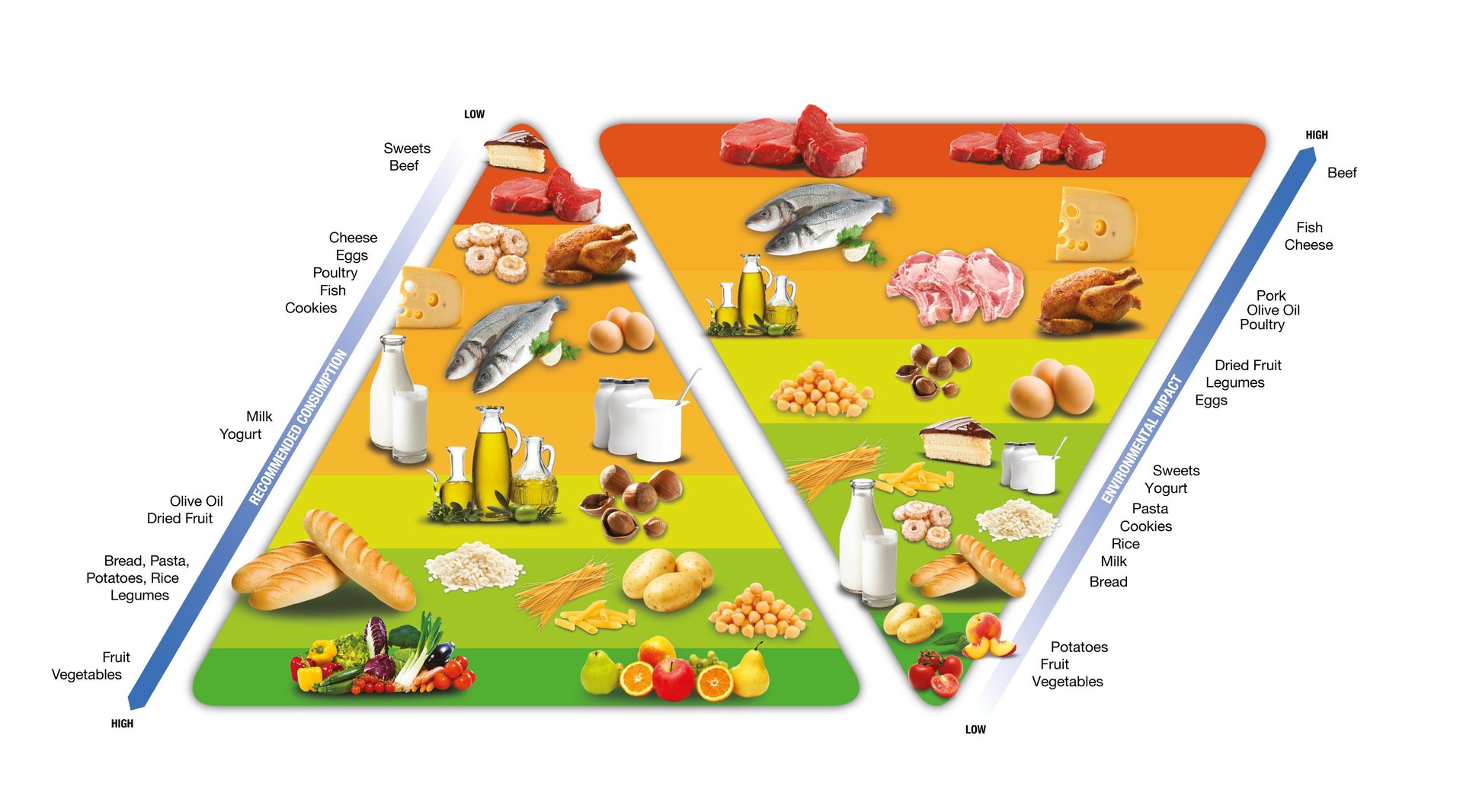The way we eat needs radical reform to ensure a sustainable future
The world’s food system is at a tipping point. For every one person suffering from malnutrition, there are two people overweight or obese. Food waste is becoming an increasing problem, and current agricultural practices are a leading contributor to greenhouse gas emissions.


The world’s food system is at a tipping point. For every one person suffering from malnutrition, there are two people overweight or obese. Food waste is becoming an increasing problem, and current agricultural practices are a leading contributor to greenhouse gas emissions.
In 2015 the UN set out 17 sustainability goals designed to promote global prosperity and protect the planet. While noble in intent, radical transformation is needed to achieve them by 2030–the timeframe set by the 193 countries who signed the Sustainable Development Goals (SDGs).
On the surface, food-related goals may only make up four of the 17, however, upon deeper inspection all the goals are either directly related to global food system, or tied to them in an indirect way.
Recognizing that transforming the way we grow and consume food is a burden that falls on everyone’s shoulders, the Barilla Center for Food & Nutrition (BCFN) has responded to the challenge with a number of initiatives. Designed to not only measure progress and assess the sustainability of national food systems, BCFN is also intent on finding real, transformative solutions.
Their latest step came during the United Nations General Assembly 2018, when the BCFN held a forum with government officials, businesses, and experts from around the world to discuss potential solutions to bring these goals closer to reality. Paolo Barilla, deputy chairman of the Barilla Group, believes the mandate is clear: “We must work together–as governments, policy-makers, scientists, businesses, and civil society–to move beyond our business-as-usual approach and find innovative ways to make a long-lasting change.
“Time is running out. We must act now.”
Measuring the problem
To gain a deeper understanding of the issues, the BCFN teamed up with the Economist Intelligence Unit to create an index of food sustainability across 34 countries, assessing their performance in three key areas:
Food loss and waste
As economies grow, food waste becomes an increasing problem. At current estimates, roughly 1.3 billion metric tons of food are lost or wasted each year, with a number of factors contributing to this–from insufficient storage capacity and poor road infrastructure, to consumer waste in high-income economies. In North America alone, around 168 million metric tons of food are lost or wasted every year, and of that amount, Americans waste 415 kilograms per capita.
France, on the other hand, has actively taken steps to minimize food waste through government initiatives. Legislation has been enacted banning supermarkets from discarding food approaching its sell-by-date, instead obligating them to donate it to food banks or charities. Germany has also allocated considerable funding to achieving its aim of halving food waste by 2030.
Legislation is a powerful tool to help reach these goals, as without it, things are unlikely to change. “We’ve been driven to eat the wrong food,” explains University of California’s Robert Lustig. “The industry needs legislation. We just need to make it in their interest.”
The global nutrition crisis
Health and wellbeing are fundamental to the SDGs, with nutritional adequacy, obesity rates, and quality of life all intrinsically linked to sustainable agriculture. To highlight this, BCFN created the double food pyramid. Foods that are more nutritionally beneficial also tend to have a lower impact of the environment as a whole.

But this doesn’t mean exclusively plant-based diets are the solution.
“When you look at obesity in the US, most of the problems are plant-based foods,” explains Dariush Mozaffarian, dean of the Friedman School of Nutrition Science and Policy at Tufts University. “Fries and a Coke are plant-based, but that doesn’t mean they are the answer.”
This is where consumer behavior needs to shift, as convenience foods tend to be higher up the pyramid. While policy makers are key to change, it will also take wide scale public adoption and education.
Gender equality also plays a vital role in maintaining a global nutritional balance. In many developing countries the burden of farming and raising children falls upon the woman’s shoulders. Studies have shown that when the work is shared, malnutrition rates drop.
As a goal in itself, the global empowerment of women and girls is one vital step towards solving the nutrition crisis.
Making agriculture green
Sustainable agricultural practices are key to realizing many of the goals. The production of high-quality products through environmentally, economically, and socially sustainable means is highly dependent on factors such as climate change and the socio-economic conditions of farmers.
BCFN’s research into global sustainable farming practices found that Italy is leading the way, largely due to sustainable water management, agricultural techniques to minimize climate change, and crop diversification. Although South Korea beat France to second place due to diversification, France’s position was helped by the average education level of its farmers and strong support for research.
Positively, it seems countries are starting to take notice. A recent G20 meeting of agricultural ministers acknowledged the crucial role of member countries in the global food system, and their responsibility to promote sustainable agricultural practices.
A step towards a solution
Solving these challenges on a global scale won’t happen overnight, and will require a number of actions if we’re to reach the UN’s 2030 goal. During the International Forum on Food and Nutrition, one theme consistently stood out: While legislation is a very strong start, this shouldn’t just be a top down approach. It needs to start at home, in schools, and in communities. We all need to play a part, as Barilla explains:
“A multi-stakeholder approach is now, more than ever, needed to identify the direction and accelerate the speed of change to address the rising levels of nutrition-related diseases and reduce the environmental burden of food production. It is evident that something must change. And that change begins with each and every one of us.”
Discover more about food sustainability at The Barilla Center for Food & Nutrition here.